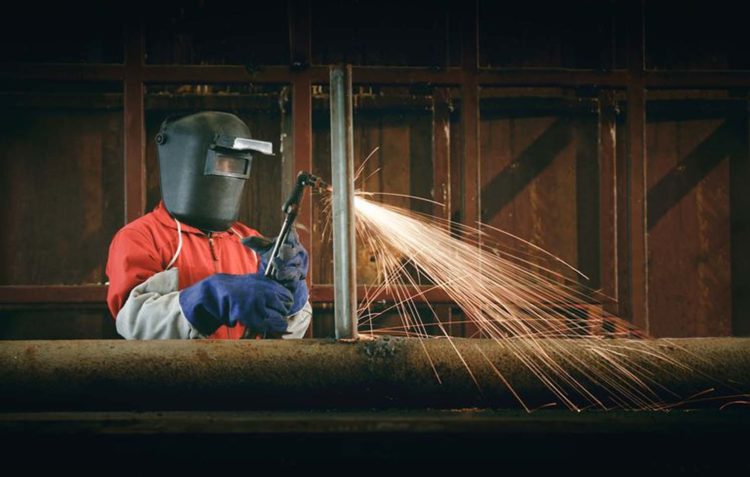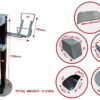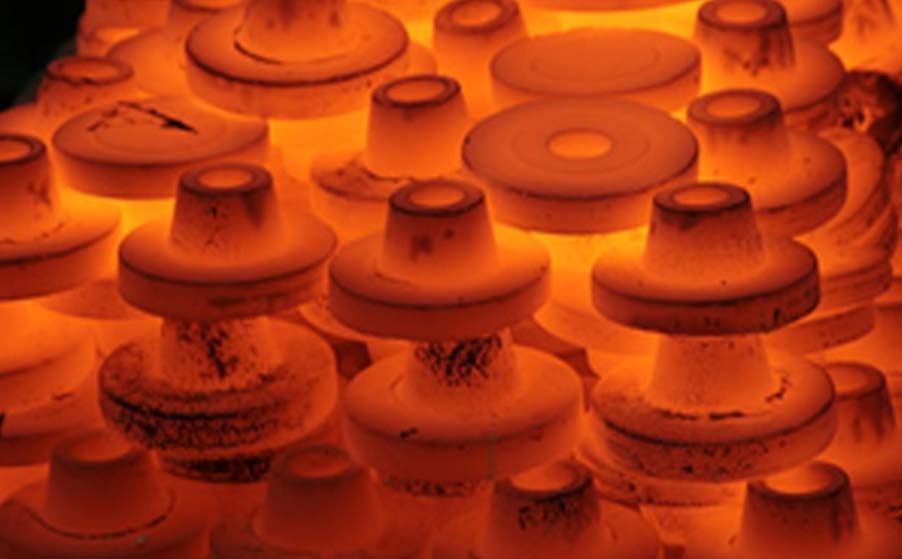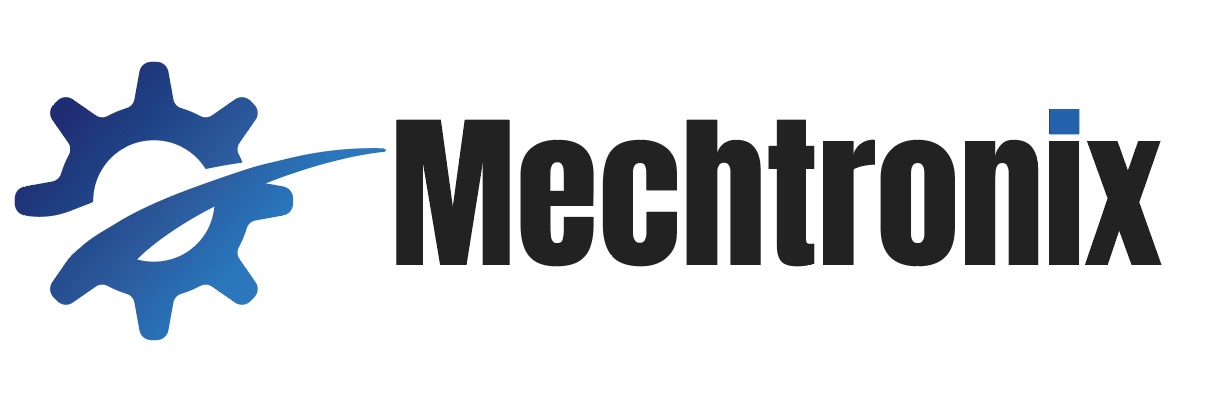Welding
- Home
- Welding

About Product
Welding is a fabrication or sculptural process that joins materials, usually metals or thermoplastics, by using high heat to melt the parts together and allowing them to cool causing fusion. Welding is distinct from lower temperature metal-joining techniques such as brazing and soldering, which do not melt the base meta
More Info
WELDING:
Welding is a fabrication process that joins materials. Usually metals or thermoplastics, by using high heat to melt the parts together. And allowing them to cool causing fusion. It is from lower temperature metal-joining techniques such as soldering. Which do not melt the base metal. In addition to melting the base metal, a filler material is usually added to the joint to form a pool of molten material (the weld pool). That cools to form a joint that, based on weld configuration (butt, full penetration, fillet, etc.). It can be stronger than the base material (parent metal). It technique used for joining metallic parts usually through the application of heat. Pressure may also be used with heat or by itself to produce a weld. It also requires a form of shield to protect the filler metals or melted metals from being contaminated.PROCESS:
One of the most common types of arc welding is shielded metal arc welding; it is also known as manual metal arc weld or stick welding. Electric current is used to strike an arc between the base material and electrode rod, which is made of typically steel and is covered with a flux that protects the weld area from oxidation and contamination by producing carbon dioxide (CO2) gas during the welding process. The electrode core itself acts as filler material, making a separate filler. Weld times are slow. Since the electrode must be replaced and the flux must be cleaned away after welding. Furthermore, the process is limited to materials, though special electrodes have made possible the welding of cast iron, stainless steel, aluminum, and other metals.SAFETY:
Many common welding procedures involve an open electric arc , the risk of burns and fire is possible; this is why it is classified as a hot work process. To prevent injury, welders should wear personal protective equipment in the form of heavy leather gloves. And protective long sleeve jackets to avoid heat and flames. Clothing such as polyester should not be worn since it may burn or can cause injury. The brightness of the weld area called arc eye or flash burns in which ultraviolet light causes inflammation of the cornea and can burn the retinas of the eyes. Goggles and welding helmets are worn to prevent this exposure. To protect bystanders, the welded area should be surrounded by translucent welded curtains. These curtains, made of a polyvinyl chloride plastic film, shielded outside the welded area from the UV light of the electric arc. But it cannot be replace the filter glass used in helmets.
This Product does not have data sheet.
Related Products

TOUCH FREE FOOT PRESS HAND SANITIZER DISPENSER
TOUCH FREE FOOT PRESS HAND SANITIZER
- PEDAL ACTIVATED HAND SANITIZER DISPENSER.
- DO IT MOST HYGIENIC WAY.
- NO CONTACT WITH HAND.
- DURABLE AND ROBUST.
- ADAPTS TO ALL BOTTLES.
- 100% MECHANICAL.
- BRUSHED STAINLESS STEEL 304 AND MILD STEEL.
- REQUESTED COLOR THEME CAN BE ADAPTED.
- FOR USE SCHOOLS, HOSPITALS, RESTAURANTS, SHOPS, ELEVATORS, HOTELS AND OFFICES.
- NO BATTERIES REQUIRED.

Heat Treatment
Heat treating or heat treatment is a industrial and metalworking processes used to alter the physical, and sometimes chemical, properties of a material.
The most common application is metallurgical.
Heat treatments are also used in the manufacture of many other materials, normally to extreme temperatures, to achieve a desired result such as hardening or softening of a material. Heat treatment techniques include annealing, case hardening, precipitation strengthening, tempering, carburizing, normalizing and quenching.
It is noteworthy that while the term heat treatment applies only to processes where the heating and cooling are done for the specific purpose of altering properties intentionally, heating and cooling often occur incidentally during other manufacturing processes such as hot forming or welding.

